The experts in boutique travel To Peru and South America

The best restaurant in the world is located in Lima, the beautiful coastal capital of Peru, or more specifically, Barranco, the charming Bohemian district of the city.
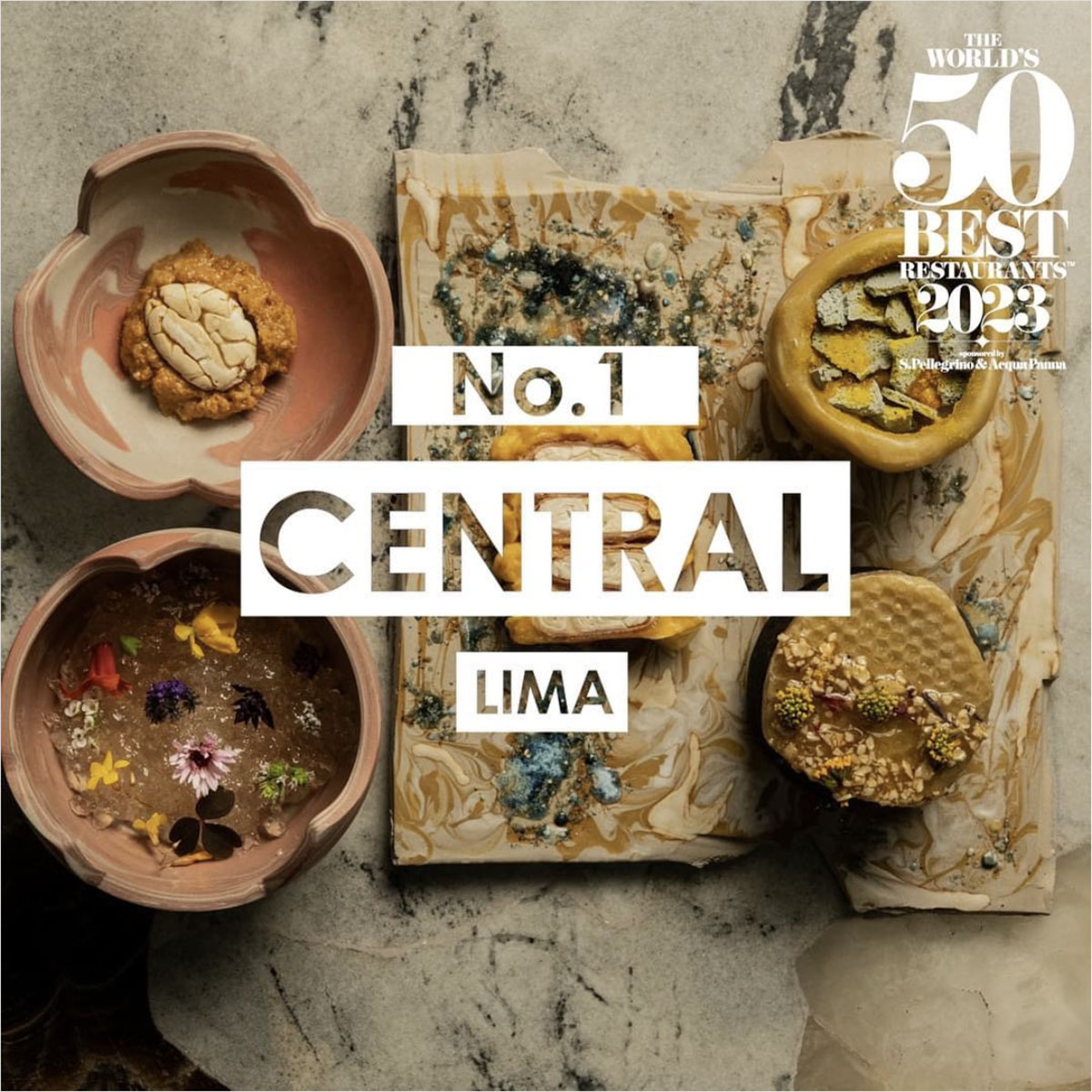
Every visitor to this jewel will be in complete awe of the setting. Central is located one block from the Pacific Ocean, in the Casa Tupac building in Barranco, which was a former cultural center.
On the way to the entrance of the restaurant, you'll pass by a vegetable garden with more than 100 species, and you'll forget the bustling of Lima's streets as your thoughts drift to the tranquility of the world's number one restaurant.
Once inside, the main dining room doesn't disappoint with its display, which includes floor-to-ceiling windows, polished stone tables, an elegantly designed ceiling of woodwork, and tree trunks that extend through the roof. Guests also get to see the chefs perform their magic through glass windows, which separate the diners from the kitchen.
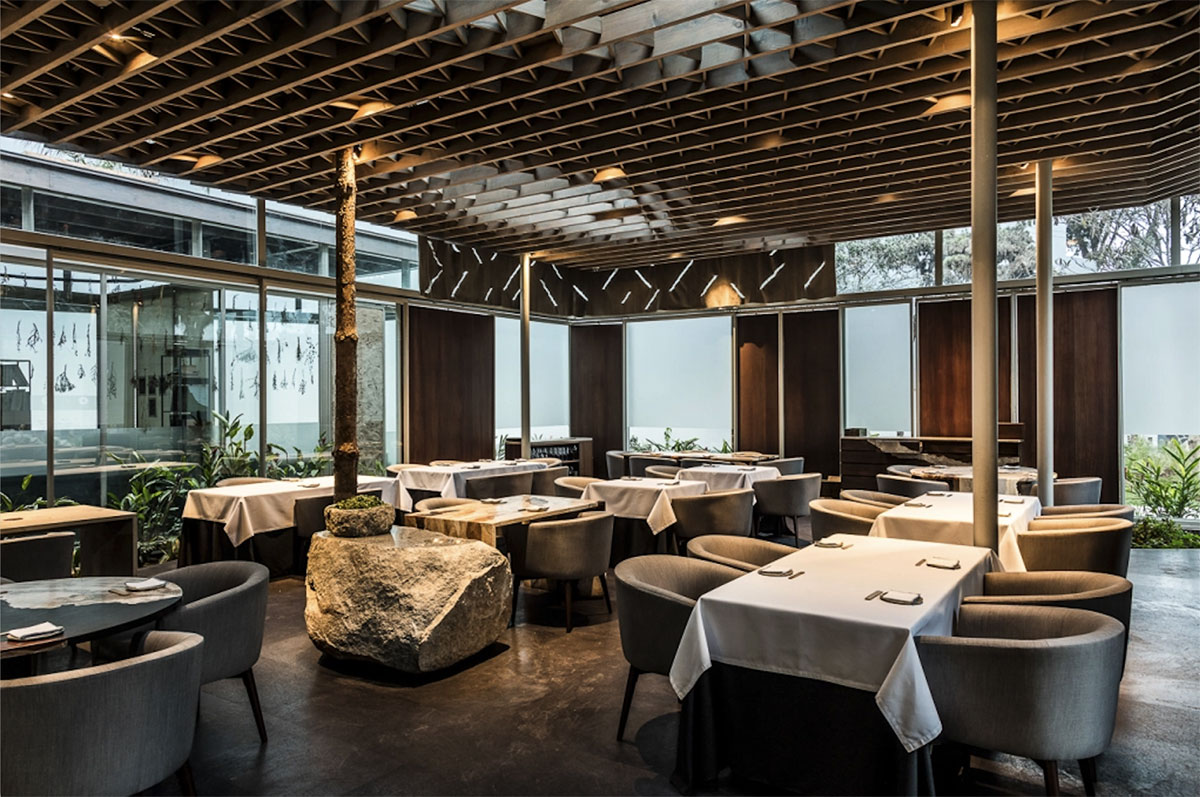
Chef Virgilio Martinez and his team draw inspiration from the depths of Peru’s natural landscape and embark on regular expeditions to the Andean nation's remote regions, allowing them to discover new ingredients and learn about the ancient techniques of the locals. This not only produces some of the best cuisine in South America but, unsurprisingly, some of the best cuisine in the world.
At Central, each dish is an entire ecosystem on a plate, and attention to detail in how every ingredient is placed turns each plate into a work of art. There are currently three tasting menus and three pairing menus. Each tasting menu consists of 14 dishes, each representing a different ecosystem. Below, we'll give you a brief explanation of each to help you decide which is best for you.
This experience transmits the philosophy that Central pursues, as well as the synthesis of their research and interpretation work. It is especially suggested for those who are visiting Central for the first time. Below, we will list and explain a few of the many ingredients that you can expect to savor.
Native to the Andean region of South America, this is a plant that gives and gives! Above the ground, the plant produces sunflower-like flowers, and below the ground, the root consists of two parts. The top part is a bunching of reddish rhizomes, which look similar to young ginger, and the bottom part is a bunch of brown, edible tubers that look like sweet potatoes. The tubers have an odd yet delicious taste, like a cross between apple, watermelon, celery, and pear.
A starchy root vegetable, much like potatoes and yams. The yuca root has a light white or cream color with a grainy texture and a mild, sweet, somewhat nutty taste.
Very similar in appearance to lettuce, sea lettuce is a type of edible algae that grows in thin, green, wavy-edged sheets. It has a soft texture, and the flavor is described as vibrant, oceanic, and slightly salty.
Peru is the country with the greatest diversity of potatoes in the world, having 8 native domesticated species and 2,301 of the more than 4,000 varieties that exist in Latin America.
Arracacha is an edible root that resembles parsnips and falls somewhere between carrots and celery. They have a slightly sweet, nutty flavor, like a combination of celeriac and chestnut. Muña Muña is a medicinal plant restricted to the South American Andes, from Peru to Venezuela to Bolivia. In addition to being used in food, muña can be made into a tea and is said to be good for digestion. It is highly aromatic, with an invigorating minty scent.
This is an experimental experience where Central proposes an adventurous journey of exploration with more experimental techniques and products that reach them every day through Mater, an interdisciplinary organization that aims to articulate knowledge through research, interpretation, and cultural expressions. Below, we will list and explain a few of the many ingredients that you can expect to savor.
A fruit that grows in the Peruvian highlands and whose properties have been used since the time of the Incas to quench their thirst. Tumbo is medium-sized and greenish-yellow on the outside, with an inside of orange, sweet-and-sour pulp and seeds. Its texture is very similar to that of the passion fruit.
A root vegetable grown in the Andes, which has a strong, radish-like taste when eaten raw, but when cooked, it produces a result similar to turnips.
Paiche are native to the basin of the Amazon River and are one of the largest freshwater fish in the world. It is an incredibly tasty and meaty fish with a firm filet. It can be roasted, grilled, or steamed, and it is also a fantastic fish for ceviche, the number one fish dish in Peru.
Cushuro, the caviar of the Andes, is a blue-green alga that is traditionally used as a food source, natural medicine, and organic fertilizer. For centuries, the Andean people have used it in several dishes, including stews and soups, but innovative chefs such as Virgilio Martínez (chef and owner of Central Restaurant) have started bringing the “Caviar of the Andes'' to the tables of the Peruvian capital.
The Huarango tree is a small to medium-sized deciduous tree with a broad crown. The tree boasts highly nutritious seed pods that have a similar taste to nougat candy. When prepared as syrup, known as algarrobina, it is sweet, nutty, and similar to molasses. Algarrobina is used in flavorings, toppings, and beverages, but it is most commonly recognized as the base for a popular Peruvian cocktail.
Pacu are South American omnivorous freshwater fish that are related to piranhas. They are said to have a mild, almost sweet flavor that’s similar to that of tilapia and trout.
This is a journey that covers plant varieties and the different life systems found in this megadiverse geography. The constant Mater quest to map terrain and identify inputs with history continues. Below, we will list and explain a few of the many ingredients that you can expect to savor.
Also referred to as mountain peanuts or Inca nuts, the sacha inchi is a perennial plant that produces large, edible seeds. It boasts an impressive nutrient profile and has many potential health benefits. The seeds are either roasted or ground into a fine powder and added to food products. Oil can also be extracted from the seeds and used in cooking or skin care products. The seeds have a mild, unique, nutty taste that's easily identifiable.
A pea-sized, bright-yellow chili pepper that grows wild in Peru's Amazon. It has a fruity taste with unique citrus flavors that are followed by a moderate-to-hot level of spice.
Ají limo, also known as the lemon drop pepper, is a medium-sized pepper and one of the hottest found in Peru. It has a hot, citrus-like, lemon-flavored taste.
Tarwi is a flowering plant grown in the Andes, mainly for its edible seed, similar to a bean. It has gone relatively unknown in the health food movement due to its bitter taste, but it has been used among the people of the Andes for centuries in a variety of traditional dishes.
Chirimoya, also known as a custard apple, is native to the highland valleys between the Andes Mountains of Ecuador and Peru and is one of the most unusual-looking fruits, as the outside is green, rubbery, and scaly. However, the inside has a sumptuous white flesh with a velvety custard consistency, and many have described the taste as being a mix between pineapple, banana, strawberry, papaya, and peach.
At an additional charge, all of the above experiences can be paired with either the Mater Balance pairing, which includes ferments, distillates, and wines from South America; the Terroir Wines of the World pairing; or the Experience and Senses pairing (without alcohol), which includes nectars, infusions, and extracts with Mater products.
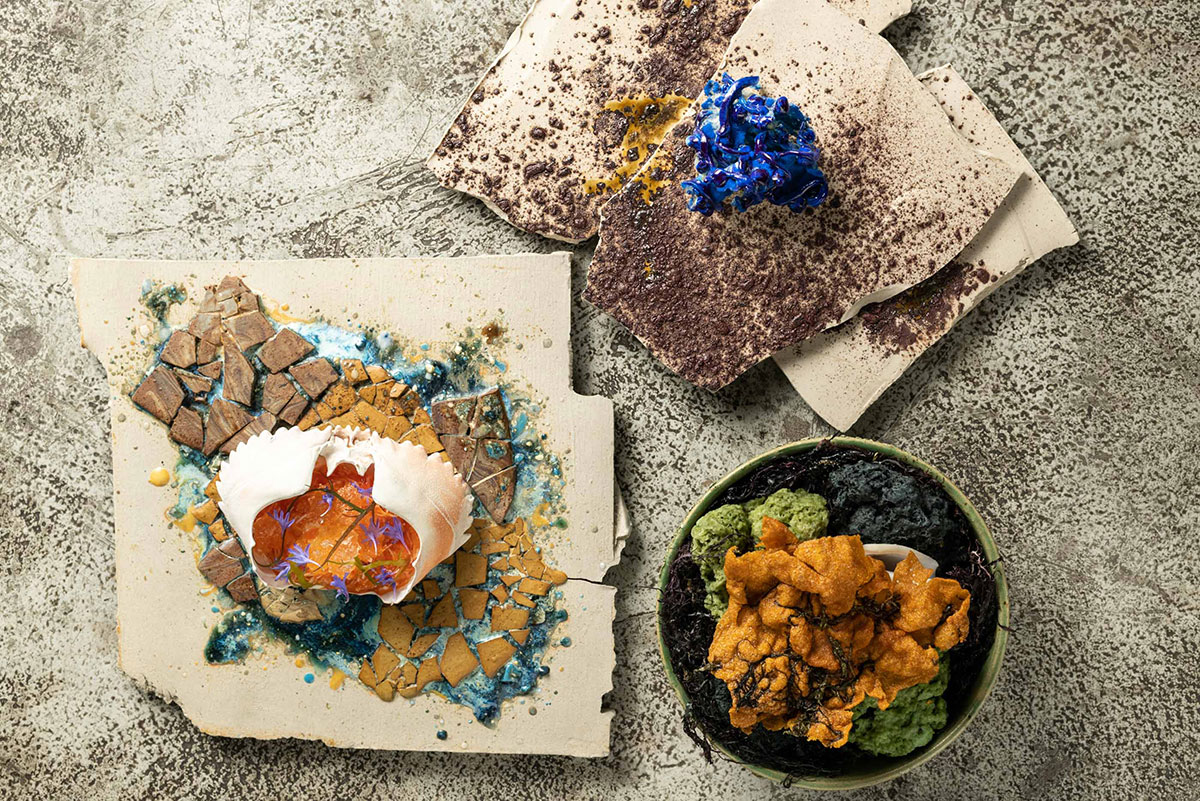
Besides checking off the number-one-ranked restaurant in the world, what makes Central worth the time and investment? This is undoubtedly a question that arises, and if you are not quite sold yet, we will give you some more reasons as to why it is absolutely worth it.
At Central, cooking is a constantly evolving art form. This is thanks to one of the best chefs in the world, Chef Virgilio Martinez, and his team's commitment to exploring the lengths and depths of Peru's incredible biodiversity and challenging the limits of creativity and technique to present dishes that attract food lovers from all over the world.
Central’s philosophy is based on respect for local ingredients and the biodiversity of Peru. Using fresh, sustainable ingredients that bring out the authentic flavors of their origin, each meal showcases a profound appreciation for the land and sea.
Dining at Central Restaurant is more than just a meal; it's a narrative experience and a dream come true for all foodies. Each dish tells a story, which will take you on a sensory journey through the landscapes and traditions of Peru while exploring the Andean nation’s cultural and gastronomic diversity.
The attentive and individualized attention that sets the world's best restaurant apart is evident in everything from the meal presentation to the impeccable service. Every element of the dining experience has been thoughtfully planned to captivate the senses and provide each diner with experiences they won't soon forget.
The ambiance of Central Restaurant is the ideal fusion of warmth, exclusivity, and refinement. The restaurant welcomes guests to unwind and enjoy an unmatched dining experience in a classy yet pleasant setting with its sophisticated yet homey décor.
It comes as no surprise that excellence is an obsession at the world's best restaurant. The chef and his staff work tirelessly to meet the highest standards of quality and precision in every facet of the dining experience, from the selection of ingredients to the preparation of each dish.
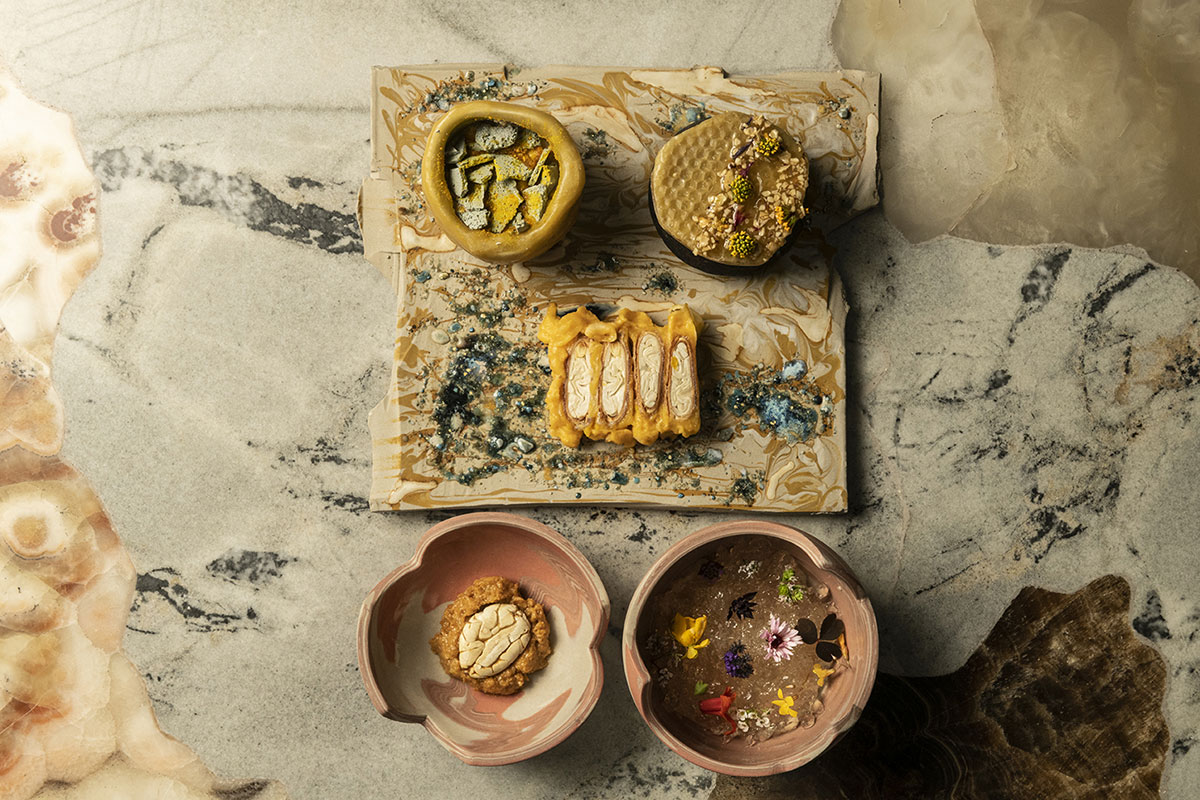
Central only allows reservations up to several months in advance, and tables go fast—gone in minutes type of fast. However, being partnered with Central, this does not apply to us, and we are able to make reservations a greater number of months in advance than the website permits! So, if you would like to plan a whole customized trip around your visit to Central and increase your chances of securing a booking, you can submit a request to our team of expert Travel Advisors, who will help you plan everything from dinner reservations to ground and air transportation, tours, and hotels.
Alternatively, hopeful diners can remain vigilant about checking the website if they’d like to get in on the date and at the time they prefer. You can make reservations for Central on their website or through the restaurant’s partners, like travel agencies and concierge services. Diners will choose the number of people, date, time, the type of experience, the preferred dining area, the option to customize their experience (pairings, vegan options, language preference, etc.), and lastly, their personal information.
Lastly, keep in mind that Central is closed on Sundays as well as on major holidays, including some Latin American holidays such as Semana Santa.
*NOTE: Our clients are considered those who book 3+ days of hotels, tours, etc., through the company in addition to their Central reservation.

Reservations are required to dine at Central, the world’s best restaurant. The easiest way to secure a table is by letting one of our Travel Advisors handle it for you. Alternatively, you can book directly on Central's official website.
Central Restaurant is not open for breakfast. The dining hours are as follows:
Central is happy to adapt the tasting menu for vegetarian, vegan, and gluten-free guests. Please request this at the time of reservation and notify the restaurant of any food allergies.
This is not an eat until you're full type of dining experience, nor is it the kind you want to wear a watch to; it's truly a once-in-a-lifetime gastronomy experience. Give yourself time to relax, appreciate the art of cuisine, and enjoy a pour-over coffee or hot tea before you leave with a satisfied but not overstuffed belly and a big, fat smile on your face.
By now, you should know that Central is absolutely worth visiting and that it's not only for foodies but for anyone looking for a truly unique dining experience where you will have the opportunity to savor some of the best cuisine in the world.
Make booking, preparing for, and dining at Central a priority during your trip. We’re confident you’ll love the restaurant as much as you love Peru!

Dean is a South African animal lover, travel enthusiast, and writer. He worked as a safari guide in Kruger National Park for 27 years. Following his heart, he moved to Peru to be with his wife. Dean's passions include animals, tourism, writing, graphic design, and web development. In his free time, he enjoys movies, books, and spending time with friends and family.
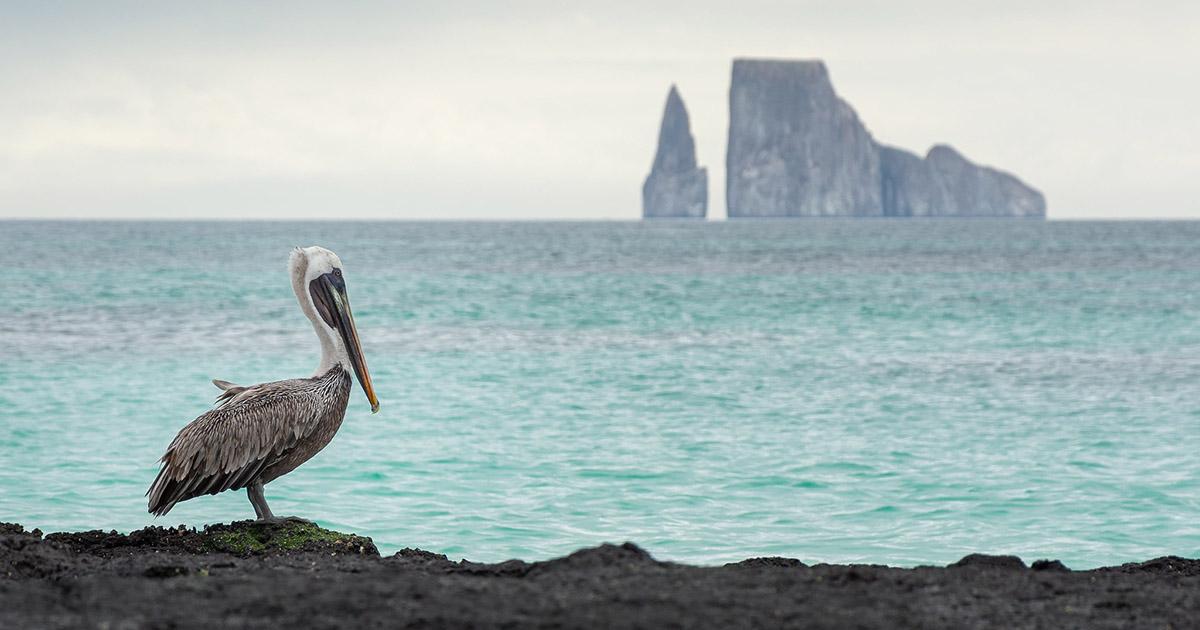
Over 500 miles from the mainland, the Galapagos Islands are at the very top of the list of must-see places in Ecuador. The diversity of species seen on the Galapagos Islands is rivaled by few places in the world. There are so many unique species of flora and fauna scattered across the archipelago that to ask which are the best Galapagos islands to visit would be unjust. Instead, we have put together our list of top things to do in the Galapagos Islands that are sure to entice all types of travelers visiting a range of islands.

With so many things to do in Lima, you could spend days exploring Peru’s capital city. Lima is a bustling cosmopolitan center of art, culture, and cuisine.